Introduction to GPON Technology
 Feb 17,2025
Feb 17,2025

 Moka
Moka
What Is GPON
Passive Optical Network (PON) is a point to multi-point (P2MP) passive optical network.
Gigabit passive optical network (GPON) is a PON technology that is standardized by the ITU-T Recommendations G.984.x.
Figure 1 shows a GPON network architecture.
Figure 1 GPON network architecture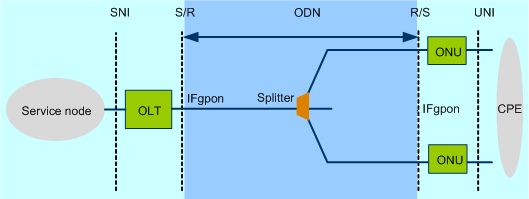
|
IFgpon: GPON interface |
SNI: Service Node Interface |
|
UNI: User to Network Interface |
CPE: Customer Premises Equipment |
|
S/R: Optical line termination interface to optical trunk line |
R/S: Optical network unit interface to optical distribution network |
- The optical line terminal (OLT) is an aggregation device located at the central office (CO) for terminating the PON protocol.
- Optical network units (ONUs)/Optical network terminal (ONTs) are located on the user side, providing various ports for connecting to user terminals. The OLT and ONUs communicate with each other through the optical distribution network (ODN).
- The optical distribution network (ODN) is composed of passive optical components (POS), such as optical fibers, and one or more passive optical splitters. The ODN provides optical channels between the OLT and ONUs. It interconnects the OLT and ONUs and is highly reliable.
![]()
The ODN network is passive, indicating that no optical amplifier or regenerator is deployed on the ODN network, thereby reducing maintenance costs of outdoor devices.
Why Is GPON Required
As the wide use of broadband services and fiber-in and copper-out development, carriers require a longer transmission reach, higher bandwidth, reliability, and lower operating expense (OPEX) on services. GPON supports the following functions to meet these requirements:
- Longer transmission distance: Optical fibers are used for transmission. The coverage radius of the access layer is larger. The target transmission distance of GPON Class C+ optical modules is 60 km.
- Higher bandwidth: Each GPON port can support a maximum transmission rate of 2.488 Gbit/s in the downstream direction and 1.244 Gbit/s in the upstream direction, meets the requirements of high-bandwidth services.
- Flexible user experience on full services: Flexible QoS measures support traffic control based on users and user services, implementing differentiated service provisioning for different users.
- Optical splitting: A single optical fiber at the CO is split into multiple drop fibers, saving feeder optical fiber resources and reducing O&M costs.





 Home
Home What is DWDM technology and why is Huawei leading the charge?
What is DWDM technology and why is Huawei leading the charge?  You May Also Like
You May Also Like
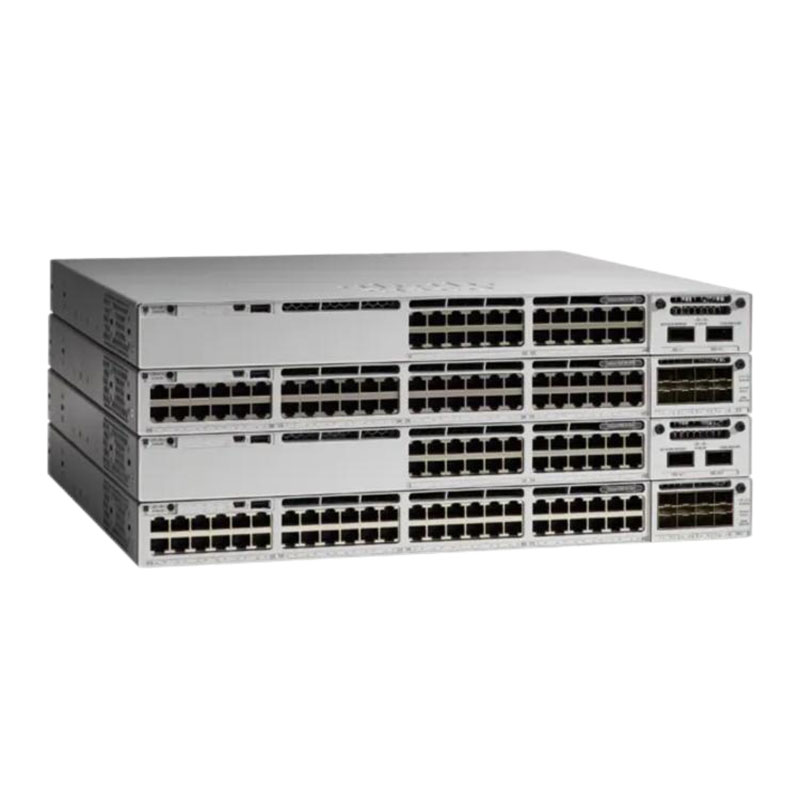

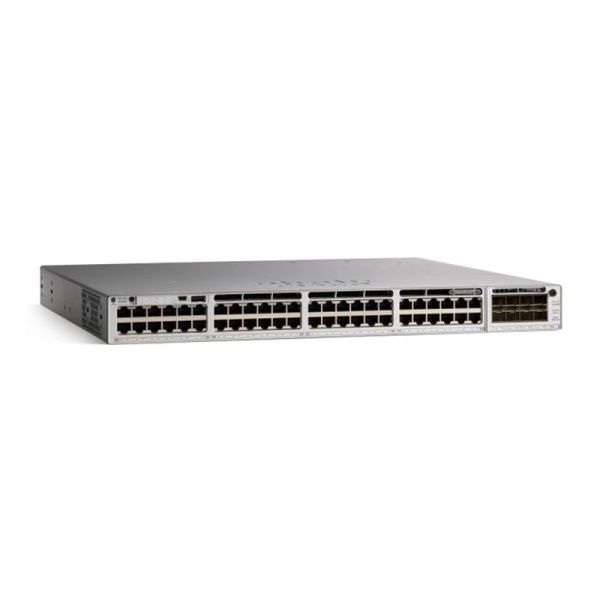
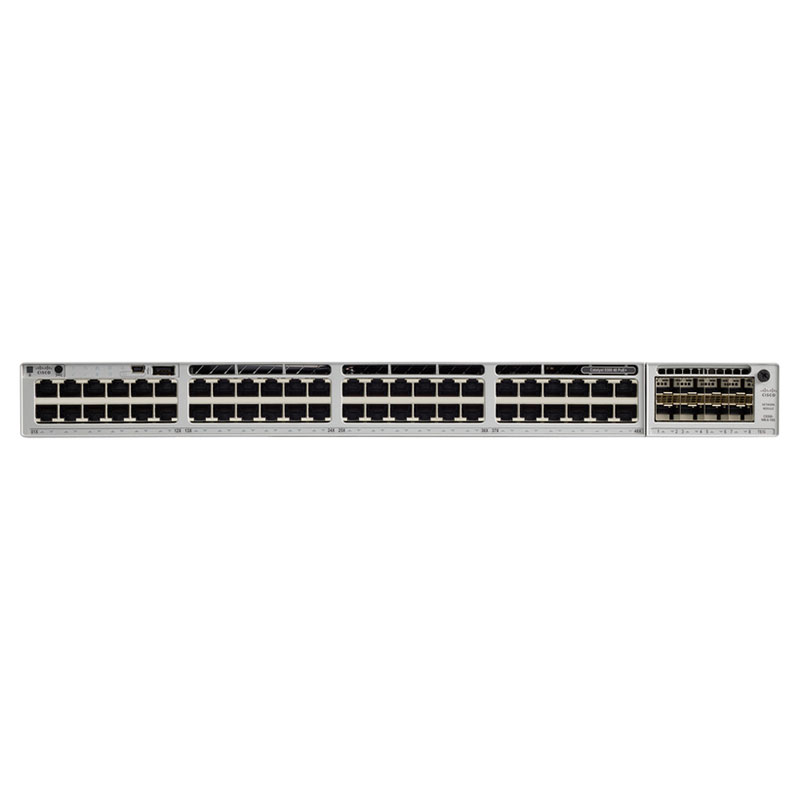
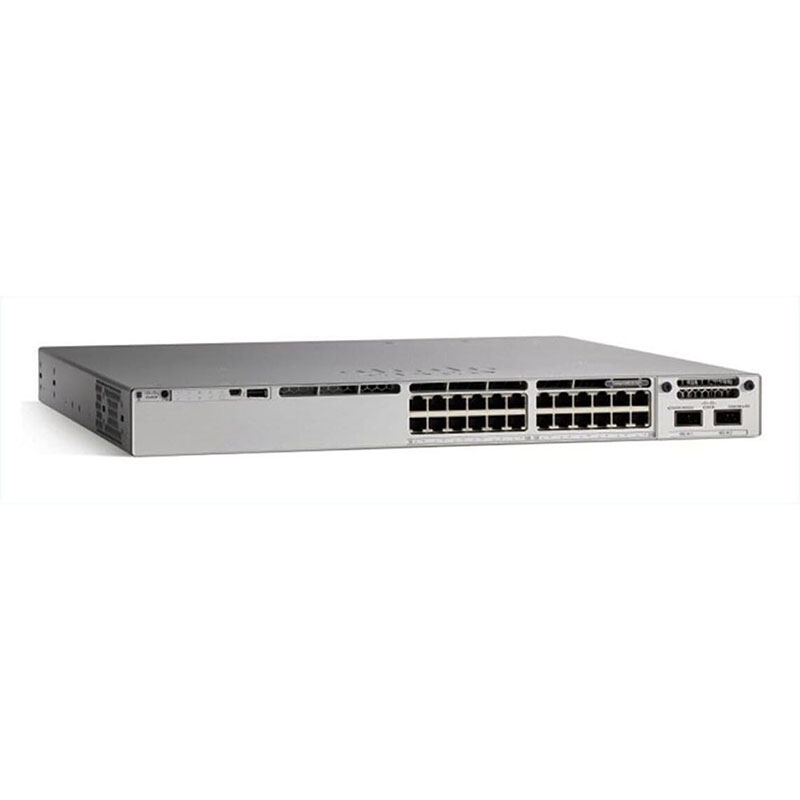
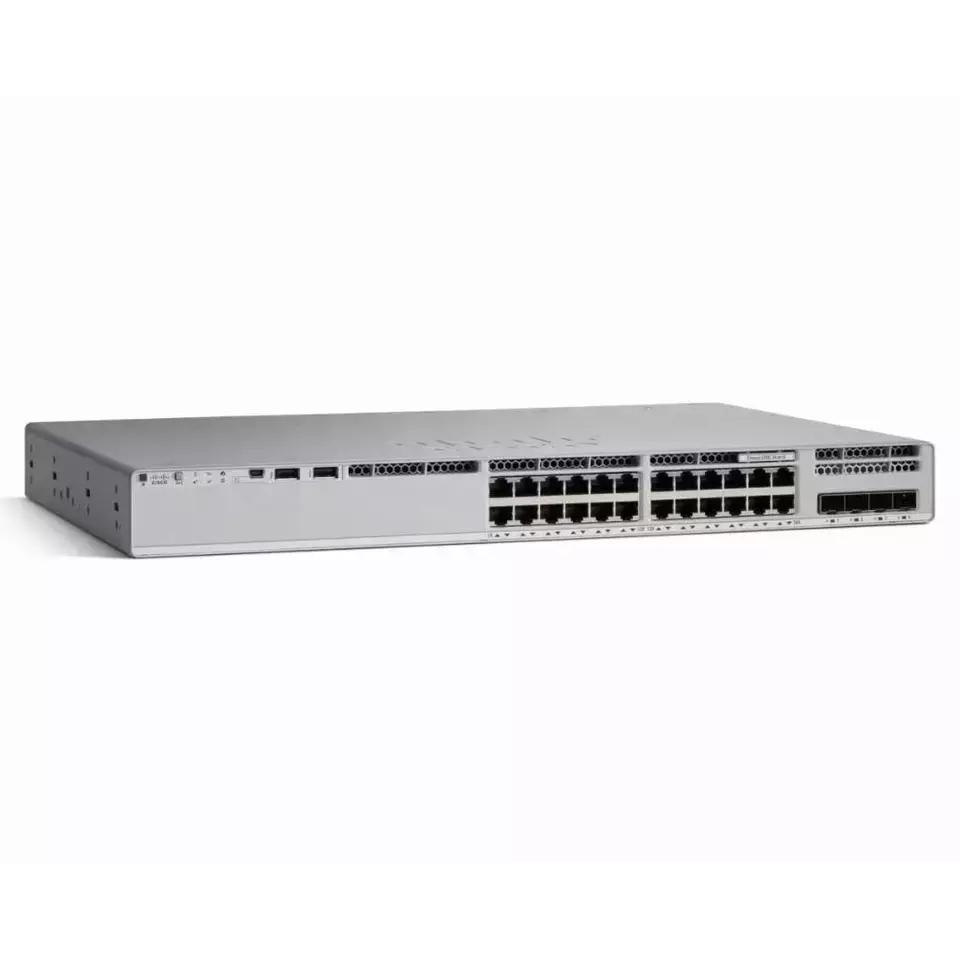
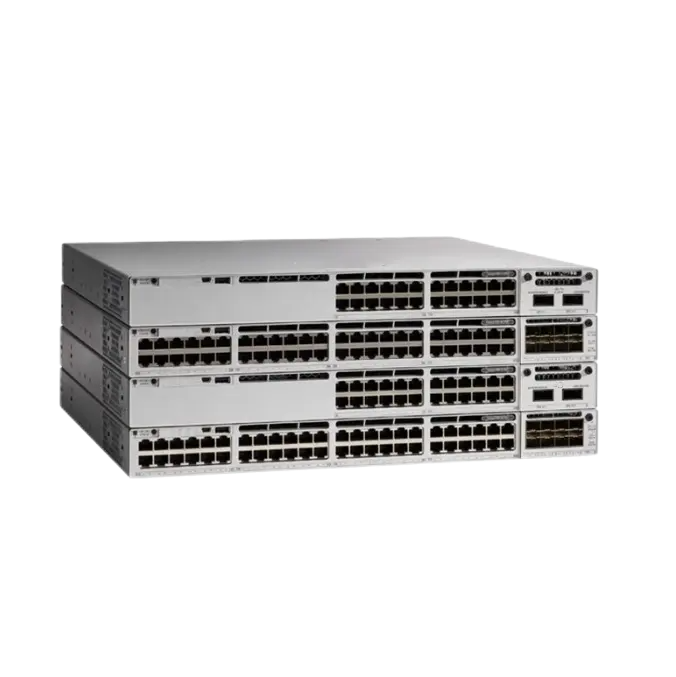
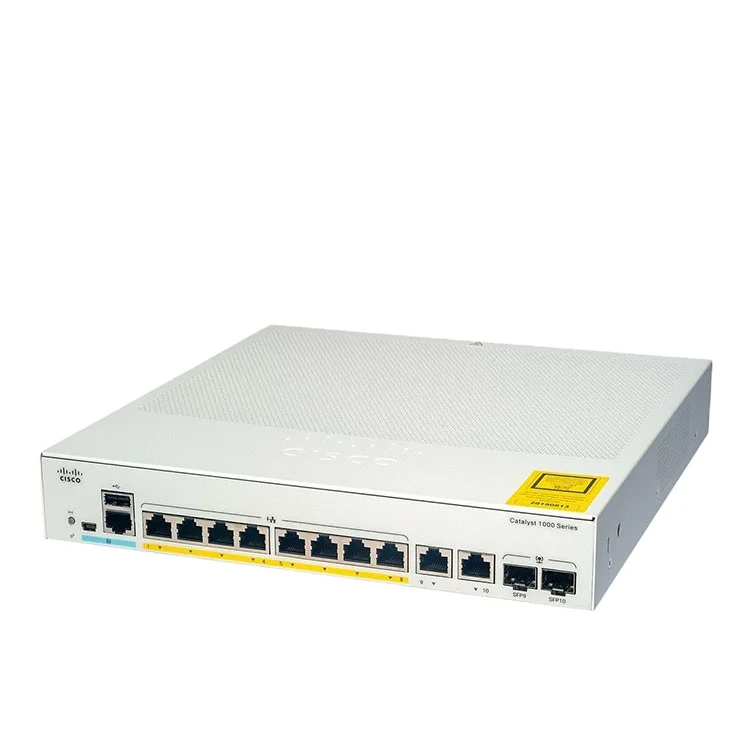

 Tel
Tel
 Email
Email
 Address
Address












